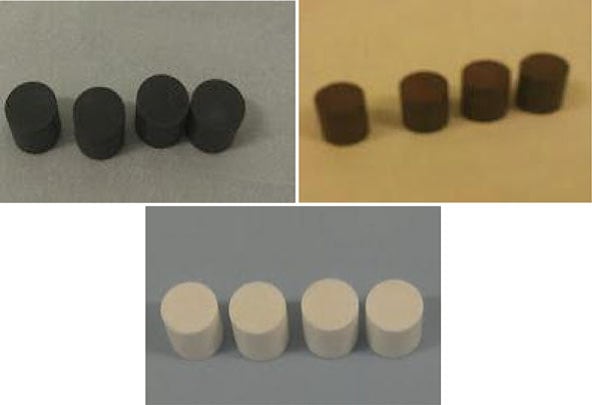A study published in peer-reviewed journal Nanoscale Research Letters by Shabir et al.said that moderate concentrations of semi-conducting mesporus silicon gave a “bland” taste and would be suitable for chewing gum.
“…From an organoleptic perspective these materials would appear to be acceptable at moderate concentrations and microparticle size distributions,” said the study.
No approved health claim
According to the researchers, evidence has slowly been accumulating that dietary silicon is beneficial to bone and connective tissue health.
No recommended daily allowance currently exists for silicon and health claims have not been substantiated by regulatory authorities such as the European Food Safety Authority (EFSA).
An EFSA scientific panel evaluated silicon health claims in 2011 and concluded that no human studies adequately addressed a cause and effect relationship with bone health.
EFSA also rejected claims linking silicon to neutralization of gastric acid, cardiovascular health and protection against aluminum accumulation in the brain.
Taste testing
Shabir et al. conducted a 10-person taste panel to assess the consumer acceptability of chewing gum with solid silica, porus silica and oxidized mesoporus silicon.
Chewing gum pellets were made by mixing a 27g batch of chewing gum base powder with 3g of the various silicon ingredients. The pellets made with solid silica were black, the ones with porus silica were brown and the gums with oxidized mesoporus silicon an off-white.

The blinded taste panel chewed the pellets for two minutes and were asked to grade the samples for grittiness, taste and aftertaste. The researchers also took salvia swabs to analyze the loss of silicon particles during chewing.
The gums with oxidized mesoporus silicon were deemed acceptable at levels below 12 μm (micromoles) without an off-taste or aftertaste. However porous silica and solid silica gave a “chalky taste”.
The researchers said that more studies were needed to assess the use of silicon in food products.
Source:
Nanoscale Research Letters 2012, 7:407
DOI: 10.1186/1556-276X-7-407
‘Taste and mouthfeel assessment of porous and non-porous silicon microparticles’
Authors: Qurrat Shabir, Cyrus Skaria, Heather O Brien, Armando Loni, Christian Barnett and Leigh Canham
